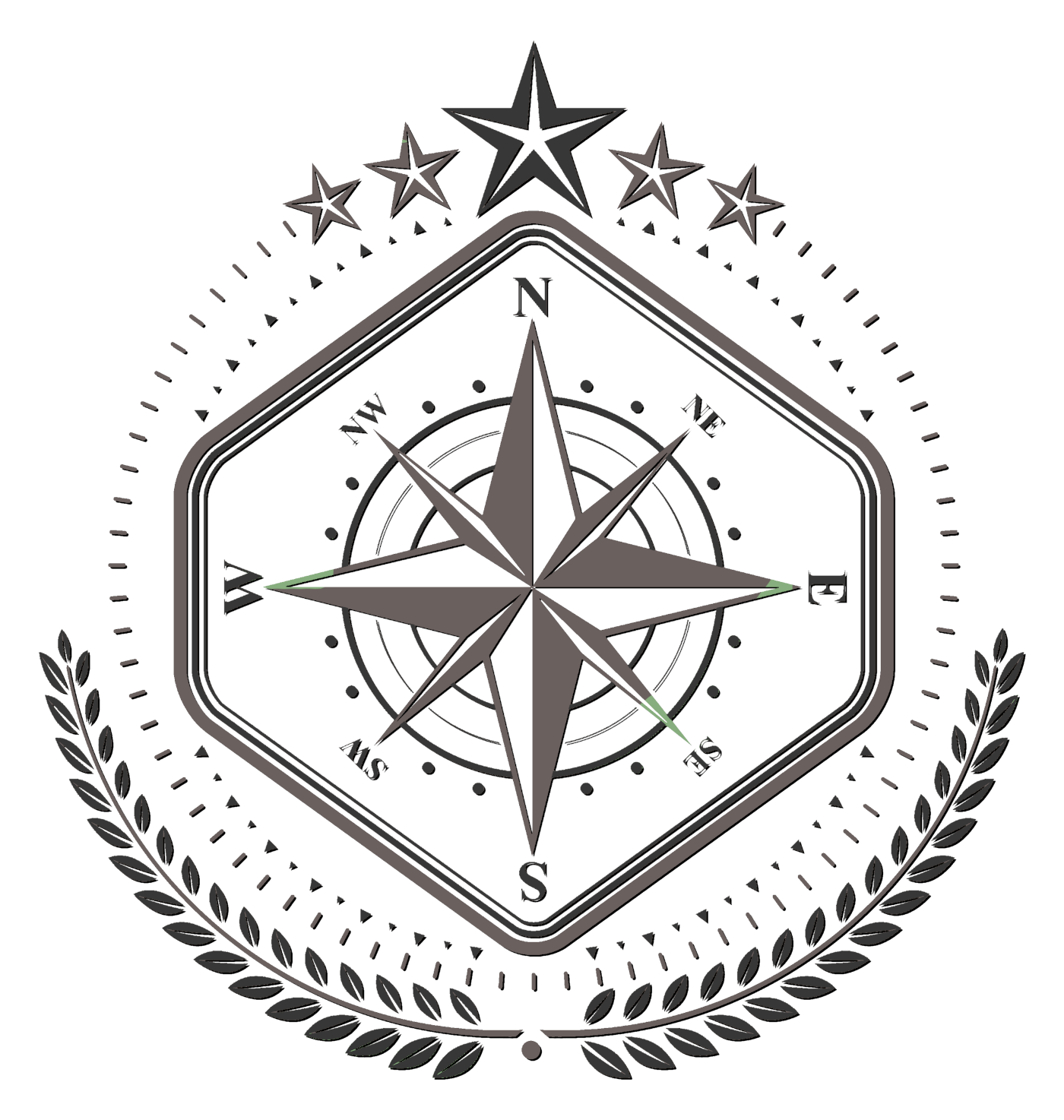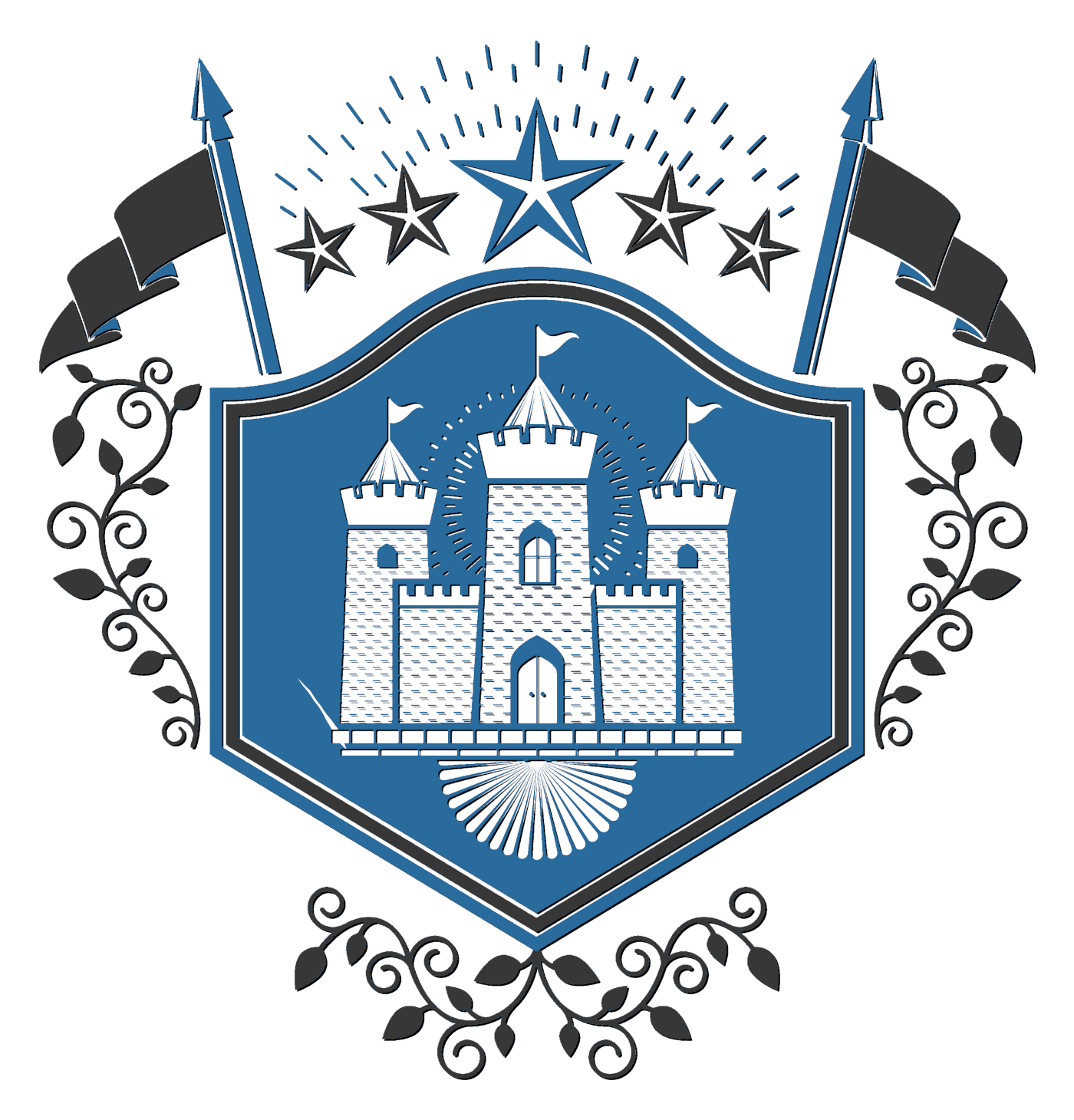|
Well, I had several different cultures in mind for the humans of my particular world, which I am tentatively calling Makerian, so I figured I'd write some of them down here in an attempt to both get feedback, and sort my own ideas out. This means that I will most likely radically change these races/nations as time passes. Also, this is only an idea that I had - I haven't fleshed it out yet, and I'm still working on other stuff. These are the human inhabitants of the supercontinent Vendecca.
First off, there's the Rauelan Kingdom -- the Rauelan are one of the dominant powers of Makerian, both in terms of political might and military strength. The Rauelan Kingdom, located on the eastern half of Makerian's supercontinent (Vendecca), controls approximately one-tenth of Vendecca's territory. This is approximately four million square miles.
Physically, the Rauelan are in the average of human size and appearance - not too large, not too small. This is one factor that helps them excel at organized, orderly combat, although they are at a sizable disadvantage when facing more chaotic opponents.
The Kingdom itself is divided into city-states, each of which is ruled by a minor king or queen. These minor rulers are headed by a single supreme ruler.
The Rauelan prize honor and loyalty above everything except a commitment to the Celestial King, Elyon-Jehosh. However, they remain easy to lead astray by a particularly charismatic leader or false prophet.
The Rauelan Kingdom is, so far, the only nation of Makerian that has utterly outlawed the existence of sorcerers in their territory, on pain of death. This means that Rauelan sorcerers, who were actually the first to bring 'higher divine magic' to the world, are an endangered species.
Interestingly, the Rauelan did not forbid the existence of elementals. This is likely due to the fact that the Rauelan Kingdom is actually comprised of the four nations of the ancient and extinct Elemental Consul. However, for whatever reason, elementals are even more rare than Rauelan sorcerers.
Those that exist are prized for their abilities, which can be used to good effect on the battlefield.
(A good comparison for the Rauelan, in my opinion, would be a mixture of the medieval English and medieval French nations, with a few ancient Asian elements.)
Next, there is the Chaon territory -- this turbulent patch of land that makes up nearly half of Vendecca's surface is constantly torn by warfare. The inhabitants of the Chaon territory are viewed with amusement by many outsiders - at least once a year the government's structure changes entirely. One year, there might be an emperor. The next, there might be a king. The next, a warlord. The next, a democratic council.
This means that cartographers who specialize in the Chaon territory are never out of work. The territory changes often, without any warning whatsoever.
The Chaon have a plethora of elemental warriors, most of whom are fire elementals.
The Chaon themselves run an impressive gamut of physical appearances and abilities. The Chaon territory is where Makerian's populations of dwarves, elves, halflings, and goblins dwell. (The Chaon races are actually full-blooded humans, albeit with strange mutations likely caused by living in a poisonous land.)
Despite their incredible instability, the Chaon - especially the dwarves - have some of the best technology Makerian has ever seen. The elves have incredible skill in both marksmanship and in forming archery weapons. It's considered a mark of honor for archers of other nations to wield an elven bow.
The dwarves of Chaon use their skills in alchemy to create highly-devastating explosive weapons, which warlords of nearly every other nation of Makerian covet. The Rauelan Kingdom is one of the few foreign nations to gain the use of dwarven explosives.
The halflings and goblins produce nothing except amazing swords and other such weaponry. Halfling weapons are both beautiful and deadly in combat. Goblin weapons are more more plain (and in some cases, very ugly), but are even more devastating than halfling armaments.
The Chaon often have many external friends, due to their superior weapons craftmanship.
The Chaon are very polytheistic, with a massive pantheon of gods and goddesses - one for each aspect of Chaonic life.
Then there are the Skennite battle tribes -- fierce but noble warriors from the far northern edge of Vendecca. The Skennites have adapted well to their environment, which is cold, harsh, and seems determined to kill them. However, since they can grow very little in their land except for ice weed (which is bland and quickly becomes very tiresome), the Skennites have found it necessary to raid other nations for food and supplies.
Their favorite target is the Rauelan Kingdom. Oddly enough, despite near-constant attacks, the Rauelan still view the Skennites as their closest friends, and will often set up particularly soft and rich targets as a way of being charitable. The Skennites view the Rauelan as a very understanding people.
The Skennites are governed by a council of three tribal leaders, each of whom is responsible for the four tribes in their territory.
The Skennite men are, physically, quite intimidating, with small warriors standing at six feet. Skennite women are quite a bit smaller, but even more fierce than the men.
The Skennites have tan skin and dark hair and eyes, generally, although a fair-haired and/or blue-eyed Skennite is a relatively common occurrence. To make themselves more terrifying, the Skennites decorate themselves with permanent warpaint, giving them wraith-like appearances on the battlefield. Superstitious enemies have been known to worship them at times.
The Skennites actually don't take much pleasure in war. They recognize it as a necessity for survival, but always take great care to never raise a berserker (a warrior who is so filled with bloodlust that he becomes an insane force of death) in their midst.
The Skennites also follow Elyon-Jehosh - nearly two thousand years before, a Rauelan priest successfully managed to convert one of the tribal council leaders. The culture-wide conversion came several decades later.
(A good comparison for the Skennites, I suppose, would be a mixture of the Celts, the Norse, and the Eskimos.)
Lastly, there are the Etomite clans -- desert-dwellers from the desert nation of Dan. The Etomites are a fragmented culture with the reputation of being savage barbarians. They do nothing to dispel this rumor.
The Etomite clans hate each other intensely, and fight so often that wars are actually considered a game by the clans - a bloody, gory, murderous game.
The Etomites have managed to survive in the desert for approximately three thousand years, which is surprising considering that the deserts they inhabit have few edible plants, and most of the animals - although edible and clean to eat - are just as murderous as the Etomites.
The Etomites share a distant bloodline with the Skennites - the Etomite culture started when an army of disgraced Skennite explorers were banished to the deserts of Dan.
However, the Etomites are quite different from their northern brothers. Where the Skennites are tall and brawny, the Etomites are small and wiry. Where the Skennites are honorable warriors, the Etomites fight with cunning and dishonorable strategies. Where the Skennites fight with brute force, the Etomites fight with speed and agility.
Etomites take an almost disturbing pleasure in combat - an Etomite warrior will enthusiastically engage an opponent much larger than he is, even if there is no hope that he (the Etomite) will come out unscathed or even alive.
Like the Rauelan and Skennites, Etomites follow Elyon-Jehosh. However, they view Him as a god of war, albeit an oddly merciful one. They are quite spiritually conscious, and view a defeat on the battlefield as a sign that Elyon-Jehosh is angry towards them. They also put high faith in prophets and omens, and view elementals as tools of the Most High Himself.
(Etomites could be compared to a mixture of Arabs, ancient Israelites, Celts, and Spartans.)
Vendecca has other tribes and clans controlling the remainder of its landmass, but they're inconsequential at this point. So what do y'all think? Sorry this is so long. I have a lot of ideas. I may trim these down a bit in the future.
_________________
-------------------------
Pride is not the opposite of shame, but its source. True humility is the only antidote for shame.
----------
When life gives you lemonade, make chocolate milk, then sit back and watch the world try to figure out how you did it. It's hilarious.
----------------
Last edited by MichaeltheCelt on July 6th, 2011, 11:19 am, edited 3 times in total.
|


